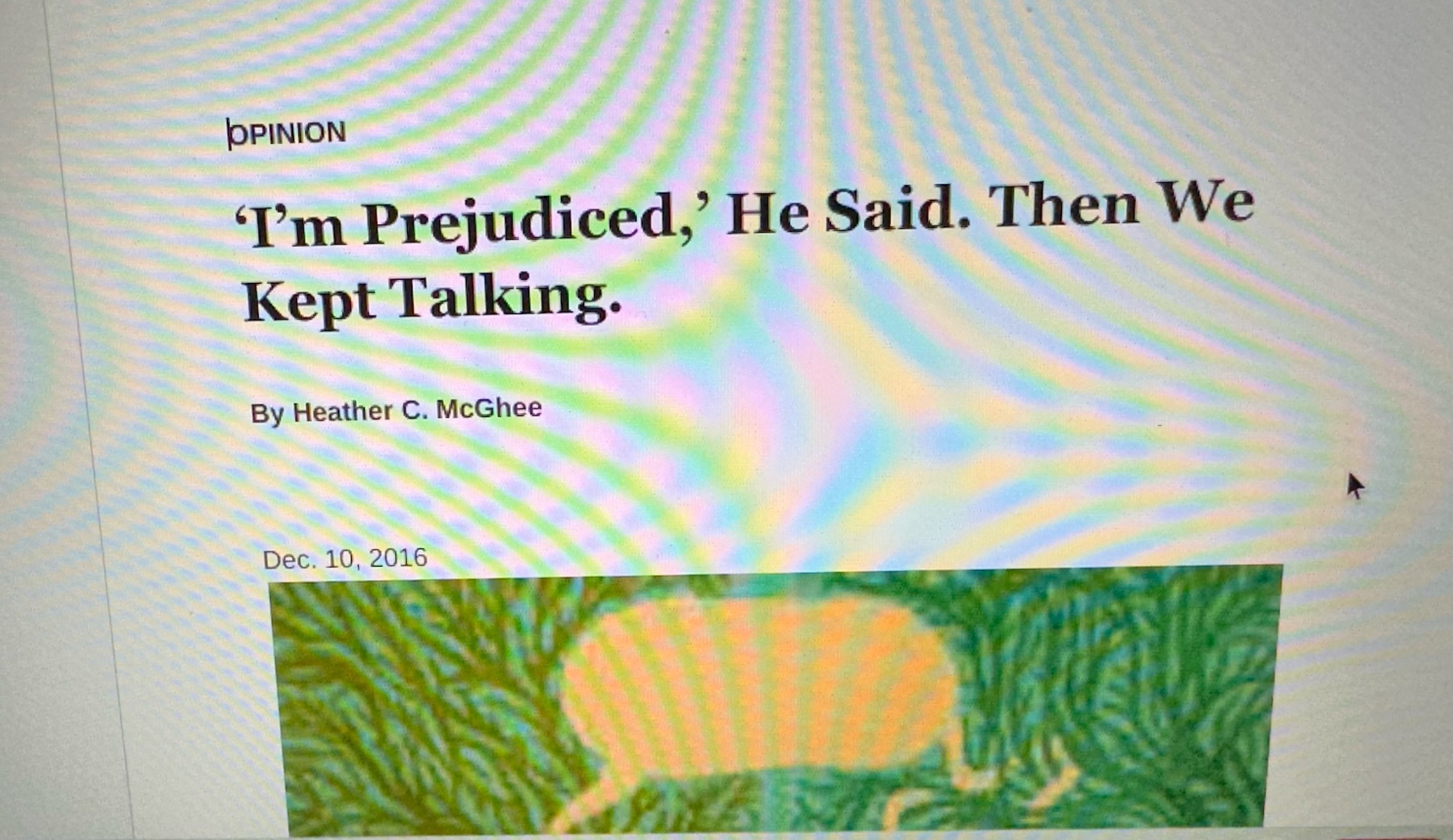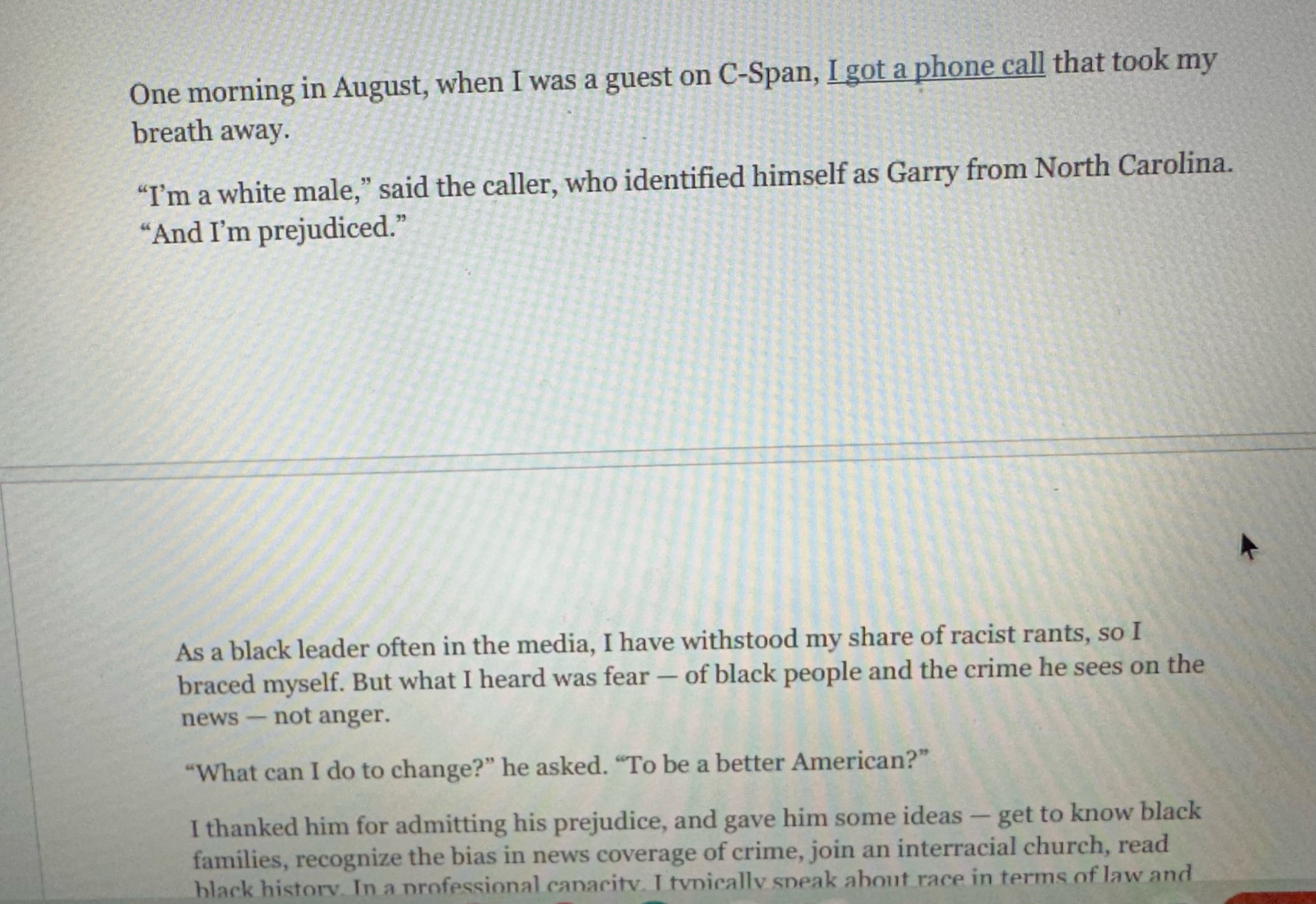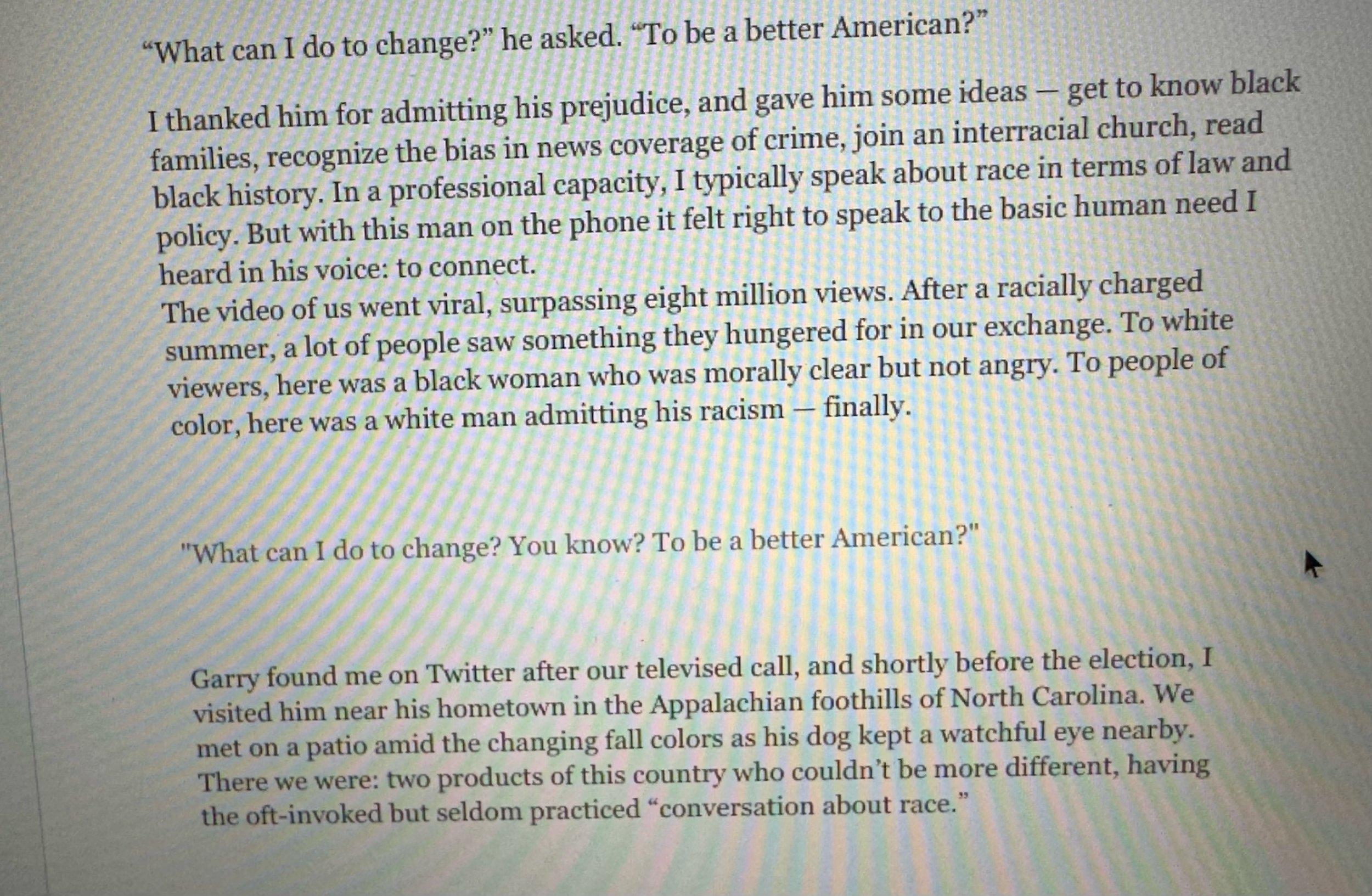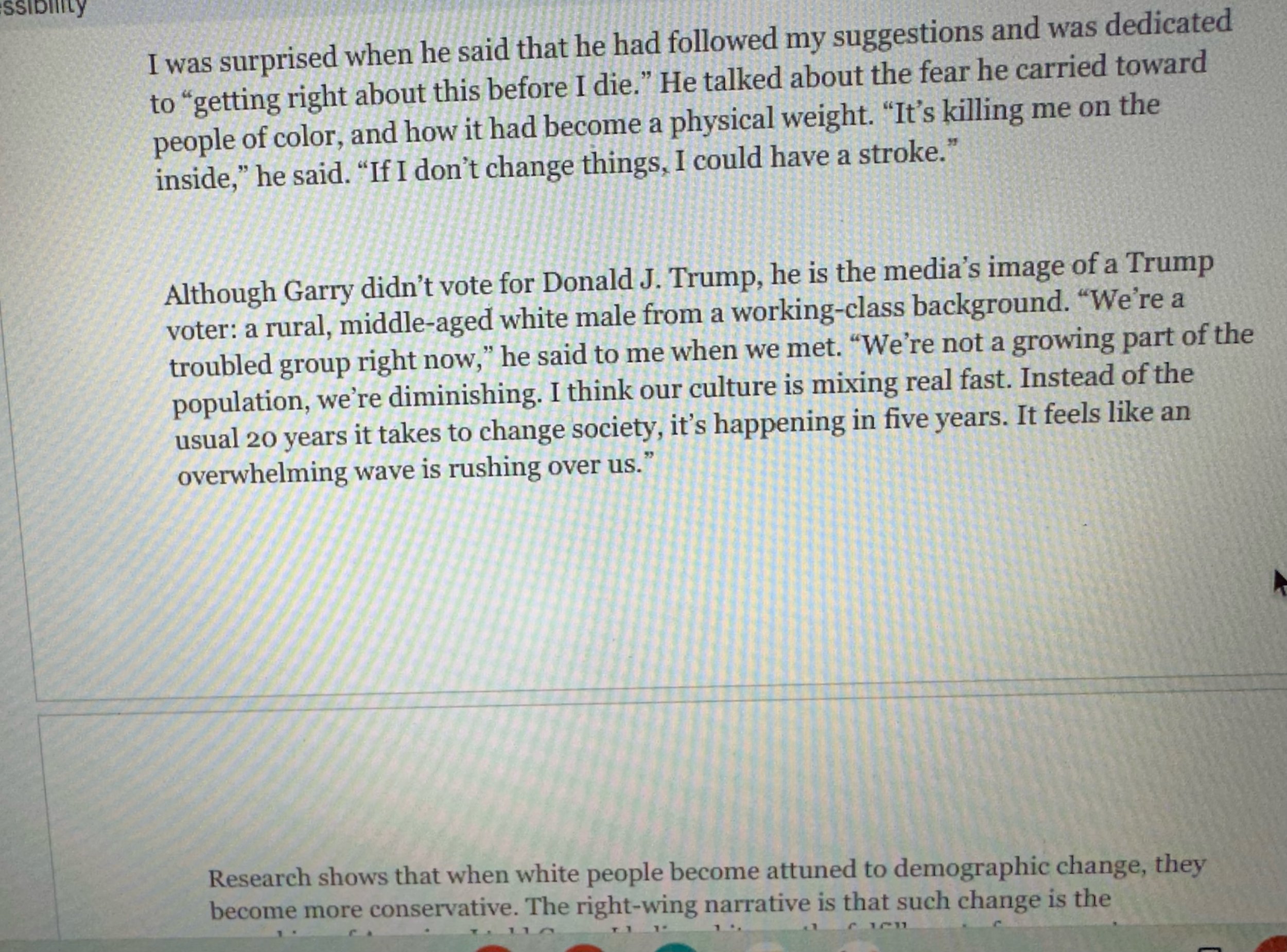I’m Prejudiced - CRT Style Material Presented to 6th Graders in TSD
Parents in the Tahoma School District have expressed concern after a politically charged NYT opinion piece, "I'm Prejudiced," He Said. Then We Kept Talking by Heather C. McGhee, was presented to 6th-grade students during an English Language Arts (ELA) class. Though the teacher reportedly introduced the article neutrally, parents worry about its underlying message and question why such material is being taught in a class meant to focus on reading and writing skills. This incident has raised broader questions about whether Critical Race Theory (CRT) praxis is being introduced to students through seemingly neutral lessons.
A Prime Example of CRT Praxis
At the heart of parents' concerns is the belief that this article embodies CRT praxis (applying the principles of Critical Race Theory in real-world actions), which often divides people into two categories: oppressors and the oppressed. In this case, the article seems to paint white Americans—especially those with conservative views—as the oppressors. Garry, the white man in the story, admits to being prejudiced and feels compelled to “get right” before he dies, an idea central to CRT's focus on white guilt and the need for repentance.
The article reinforces the idea that white people must acknowledge their inherent racial biases and take steps toward redemption, creating a sense of guilt based on skin color alone. For impressionable 6th graders, this message could be particularly harmful, encouraging white students to believe that they are inherently racist or privileged simply because of their race. This binary categorization of “oppressor” and “oppressed” aligns closely with CRT’s framework and risks introducing complex and divisive racial ideas into young students’ minds before they can critically evaluate these concepts.
Convincing White Students of "White Guilt"
The message presented to students subtly pushes the narrative that white people carry a burden of guilt and must actively work to atone for their inherent prejudices. The article’s focus on Garry’s transformation—from a man who admits his racial biases to someone eager to overcome them—reinforces the CRT-driven concept of "white guilt." While the idea of personal growth and learning about different perspectives is valuable, framing it as a moral imperative tied to one’s race crosses into indoctrination.
Many parents are particularly concerned about the emotional impact this could have on young students. The message implies that white students are automatically associated with systemic racism and are in need of reeducation to overcome their biases, even if they’ve done nothing wrong. Such an approach does little to foster genuine understanding and instead risks alienating or shaming children based on their racial identity.






All Trump Supporters as Guilty Racists?
A major point of concern in the article is its treatment of Trump supporters. Although Garry, the man in the story, claims he did not vote for Donald Trump, the article clearly associates Trump voters with racism. McGhee paints a picture of a “toxic” political environment fostered by Trump, suggesting that many of his voters need to follow Garry’s path to redemption. This type of messaging may leave students believing that supporting a particular political candidate is synonymous with harboring racist views.
For a 6th-grade audience, such a simplistic and divisive portrayal of politics can be harmful. Rather than promoting critical thinking or encouraging students to form their own opinions, this narrative implies that people with certain political beliefs are inherently bigoted. Parents fear this could create a hostile environment where students feel pressured to conform to a particular political ideology or be labeled as morally inferior.
Why Is This Being Taught in ELA?
One of the central questions raised by concerned parents is why this material is being taught in an English Language Arts class. ELA is traditionally a space where students develop reading, writing, and critical thinking skills through literature, grammar, and composition. However, presenting politically charged opinion pieces like McGhee’s seems to stray far from the core goals of the curriculum.
While discussing social issues in the classroom can be valuable, introducing highly politicized material into an ELA setting suggests a shift away from teaching essential academic skills toward pushing a particular worldview. Parents are left wondering why such content is being prioritized over classic literature, creative writing, or non-partisan discussions on ethics and diversity. Many argue that it is not the role of an ELA class to introduce students to divisive political ideologies, especially in such a one-sided manner.
Conclusion
The decision to present McGhee’s politically charged article to 6th-grade students in the Tahoma School District raises serious concerns about the introduction of CRT praxis in classrooms. By categorizing white Americans, particularly Trump supporters, as inherently prejudiced or guilty, this material risks instilling harmful racial narratives and encouraging students to view themselves or their peers through the lens of guilt and oppression. Moreover, parents are questioning why such politically loaded content is being introduced in an English Language Arts class, where the focus should be on academic growth rather than political indoctrination.
As more parents voice their concerns, it remains to be seen whether the district will reconsider how social issues are introduced in classrooms, and whether students will continue to be exposed to content that could shape their views before they have the maturity to critically engage with it. Our advice is to talk with your children every day about what they are learning because if you are not influencing their values, the Washington State public education system will.

